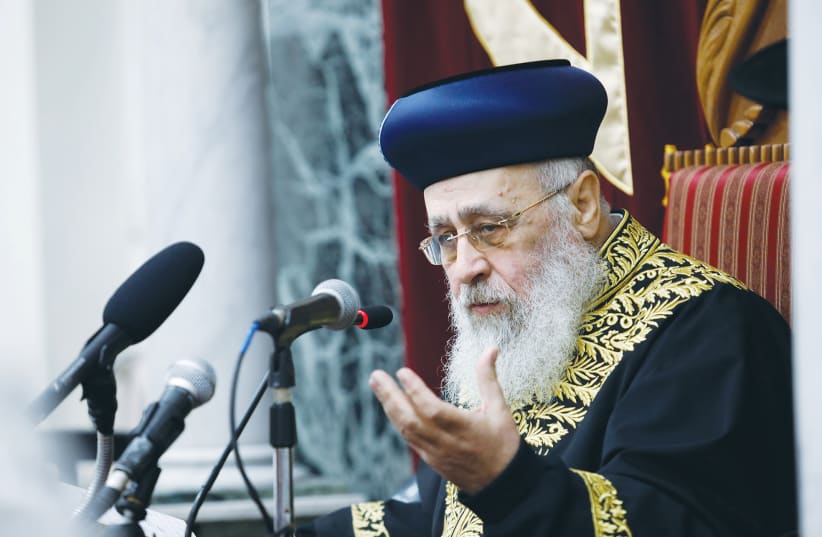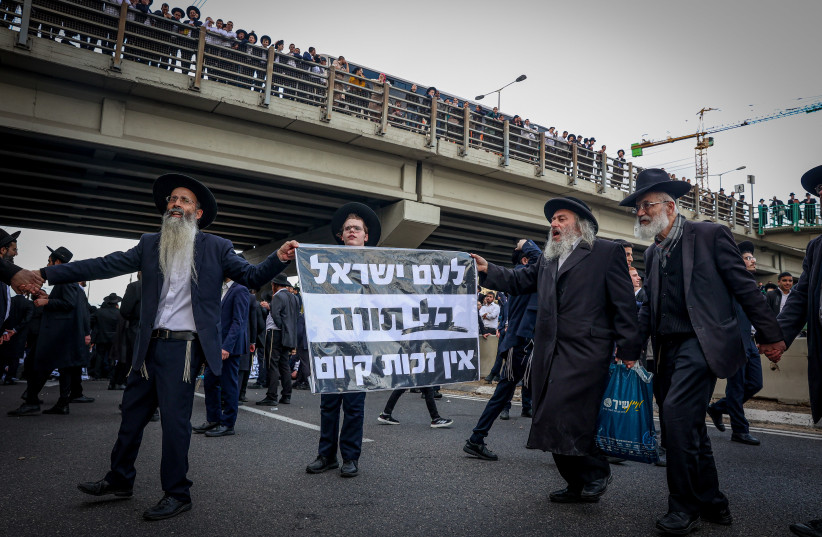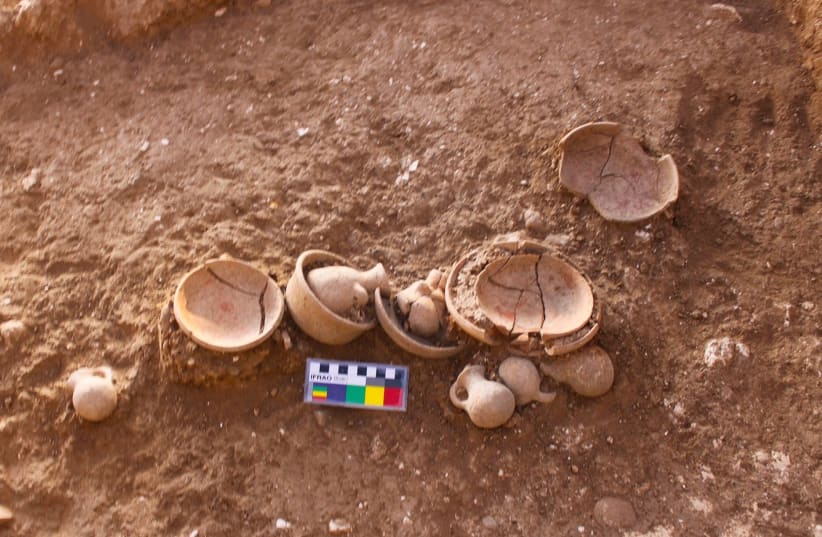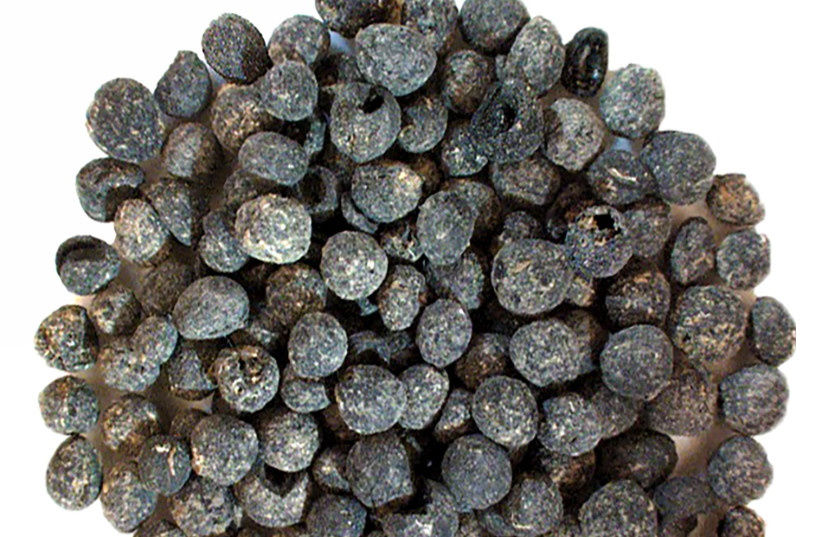Rafael Medoff / JNS.org
 President Mahmoud Abbas
President Mahmoud Abbas
Palestinian Arab leaders can’t seem to make up their minds about the Holocaust. Sometimes they say it never happened. Sometimes they say it did happen, but Israel’s behavior is even worse. And sometimes—such as last week—they say the Jews themselves provoked the Holocaust.
Yasser Abu Sido, a senior official of the Palestinian Authority’s ruling party, Fatah, said on an Egyptian television program on Feb. 23 that “Hitler had obvious reasons” for perpetrating the Holocaust.
The Jews’ own provocative behavior was the reason, according to Abu Sido. “They planned to take control of Germany. They started to bring down Germany in terms of the economy and moral values.” That was why “Hitler reacted by making the Jews go on the streets and lick the sidewalks. They know this very well.”
Abu Sido’s blame-the-Jews approach to the Holocaust echoes words spoken repeatedly by P.A. chairman Mahmoud Abbas.
In an April 30, 2018 speech to the Palestinian National Council, Abbas explained the “reasons” why Jews were massacred throughout history, from the pogroms of the Middle Ages to the Holocaust. He began by dismissing the idea that antisemitism had anything to do with it. “Why did this happen? They say ‘it is because we are Jews,’ but that must be false,” he said, because “there were Jews in Arab countries. Why wasn’t there ever one incident against Jews [there] because they’re Jews? Not even once.” (An obvious falsehood.)
The real reason for the Holocaust, Abbas said, was the Jews’ own “social behavior, [charging] interest and financial matters.” Those Jewish actions are what provoked the Nazis, he claimed.
Just last year, the P.A. chairman repeated that perspective in a speech to Fatah’s Revolutionary Council (on Aug. 24, 2023). “They say that Hitler killed the Jews because they were Jews and that Europe hated the Jews because they were Jews. Not true,” Abbas asserted. “[The Nazis] fought [the Jews] because of their social role, and not their religion… The [Nazis] fought against these people because of their role in society, which had to do with usury, money and so on and so forth.”
Somehow, that train of thought coexists peacefully in Abbas’s mind alongside the view he articulated in his infamous PhD dissertation-turned-book, “The Other Side: The Secret Relationship Between Nazism and Zionism,” published in 1984. There he argued that fewer than one million Jews were killed by the Nazis, and they were the victims of a secret partnership between David Ben-Gurion and Adolf Hitler. Asked about the book by a Lebanese television interviewer in 2013, Abbas insisted that he stands by what he wrote, and even has written “seventy more books that I still haven’t published” on the topic.
It’s bad enough that mainstream P.A. leaders such as Abbas and Abu Sido believe such crazy things. But what is at stake is more than just a grotesque distortion of history; their rhetoric can help set the stage for further atrocities—because the logic behind the Holocaust comments by Abbas and Abu Sido is remarkably similar to the position that they and their P.A. colleagues have taken regarding the Oct. 7 pogrom.
Abbas and other P.A. leaders have characterized Oct. 7 as a “response to the occupation.” They have said the attack “did not happen in a vacuum.” They have portrayed Gaza as a “prison” from which Hamas was trying to “break free.” Every such justification is another way of saying that Israel’s own behavior was to blame for provoking the attack.
In a sense, Abbas is being consistent: The Jews provoked the pogroms of the Middle Ages. The Jews provoked the Holocaust. And the Jews provoked the murders, gang-rapes and beheadings of Oct. 7. That’s the common thread in all of his thinking on these subjects.
Blaming the Jews for their persecutors’ actions is not just adding insult to the injuries that the pogromists inflicted. It incites further violence by justifying whatever Arab terrorists do to Jews in the future. Such an extreme and irrational perspective—which is promulgated by P.A. leaders, disseminated by the P.A.-controlled media and taught in the P.A.’s schools—may be the single greatest threat to hopes for Arab-Israeli peace.
Originally published by The Jewish Journal.
 Sword of Iron, Israel at War – Day 157
Sword of Iron, Israel at War – Day 157 TV7 Israel News







